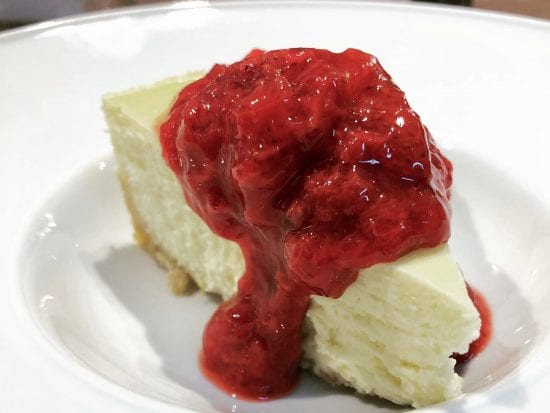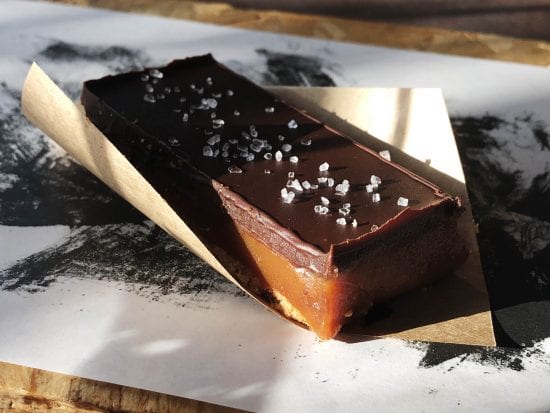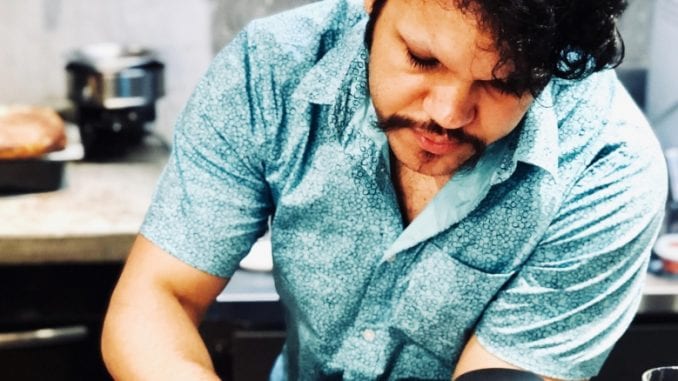
After going from musician to roaster, São Paulo’s Tiago de Mello talks about Pato Rei Coffee Brewers—and invites some of his friends to join along in the conversation.
BY PAULO PEDROSO
SPECIAL TO BARISTA MAGAZINE ONLINE
Photos courtesy of Tiago de Mello
The sense of complexity brought from years of studying classical composition helped turn Tiago de Mello, owner of Pato Rei Coffee Brewers in São Paulo, into an exigent listener of coffee tunes. Inside Tiago’s café, customers are blown away by the craftsmanship of roasting. Today, we learn about what inspired Tiago and how his travels influenced his coffee. And because Pato Rei is a collaborative effort, we hear from some of his colleagues as well.
Paulo Pedroso: You define yourself as an autodidact in the coffee-roasting world. How do you organize the things you’ve learned and put the knowledge into practice?
Tiago de Mello: I always drank lots of coffee, and I use to joke that since I didn’t drink alcohol, I had money left over to invest in a coffee business. During my college times, I started a small collection of different coffee brewing equipment such as a French press, Vietnamese, and Turkish filters, among others. Likewise, we always traveled, me and Lari (Larissa Taketa, my wife), and we love to look for good cafés and restaurants in every new city we go.
At the end of 2016, when we bought a ticket for a second visit to South Korea, we decided to create an Instagram account to share our experiences around the world highlighting coffees and pastries. We also knew that Seoul offered a range of amazing discoveries for coffee lovers living on the other side of the world. Back home, everything changed. We bought our first cold-brew coffee machines and the idea gradually developed into a space for creating and sharing, where we could research new beverages and pastries. I started buying books, visiting coffee shops, talking to baristas, and I also looked for courses to get practical training for all this theory I was learning on my own.
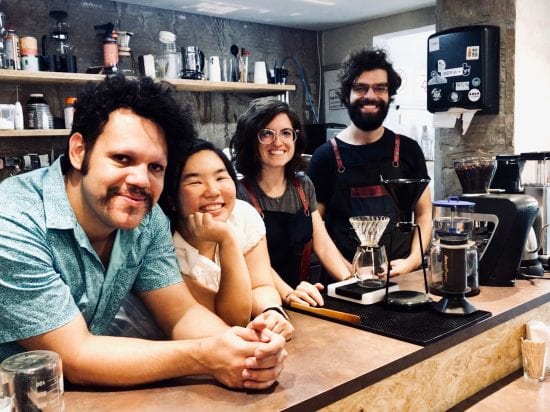
How did the idea to open your own business come up?
When I decided to get into the coffee business I was still working in music, doing soundtracks and sound editing for theater shows, and my experience with administration was precarious. Even so, we launched a monthly Cold Brew Club to send cold, bottled and pasteurized coffees to members. The Pato Rei (King Duck) Cold Brew was a new experience on a variation of methods of extraction, recipe, and bean.
In 2017, after a trip to Tokyo, Taipei, and Seoul to revisit some coffee shops, I decided to open a café. Soon my ideas became clear, and in early 2018, I began looking for a spot to rent and a few months after, Pato Rei opened its doors.
Tell me about the name, Pato Rei (King Duck).
I had a music teacher who uses to tell me to concentrate my energy on one focus because otherwise, I would end up like a duck: the duck swims, dives, walks, and flies, but all in a clumsy way. When we decided to launch our brand of cold brew, we wanted to transmit the idea of versatility. The beverage could be consumed hot or cold, pure or diluted, alcoholic or non-alcoholic. And when we kicked off running the coffee shop, it was almost natural keeping the name. After all, in spite of keeping the focus on one thing, we kept on trying to swim, dive, walk, and fly!
What are your favorite methods for brewing coffee? What about espresso? I see that you are always testing new approaches.
Each method reveals different things from each type of coffee, especially when brewed following the correct recipes. Each bean asks for a specific roast, method, and recipe to reach its best. Some of my coffees are miserable with some methods where others shine elegantly, so in my opinion, it’s always a matter of putting these three factors together. Overall, I’m a fan of clean, well-extracted cups. When testing a coffee I do not know well, I always bet on Hario V60 with Tetsu Kasuya’s 40/60 recipe.
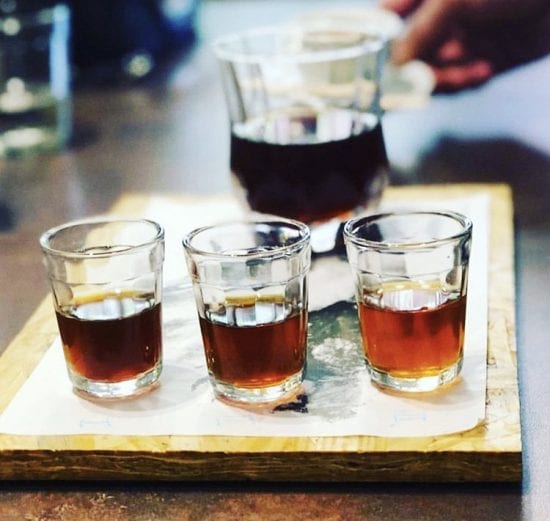
Let’s take espresso as an example. At first I was not going to have espresso in the (shop), because of the costs involved, and my prior lack of knowledge about it when designing the coffee. But I decided to challenge myself to make a good espresso, and with that, I went after what I needed. Little by little, after several mornings pulling espresso on the espresso machine, and investing in details that make a difference, like VST filter baskets—a tip from Flávia Pogliani from The Little Coffee Shop—I finally felt confident to offer this style of coffee.
Now turning to Larissa for a moment—your pastries turned into an important part of Pato Rei; how did you develop them and what are the main influences we can find in your work?
Larissa Taketa: Our pastries and coffees are a natural consequence of these trips and the high-quality products we tasted. I also appreciate the American pastry style, but everything is very sweet in the USA. I would say that my work in Pato Rei is basically American with an Asian twist. In other words, I try to reach a balance between sweetness, acidity, bitterness, and saltiness.
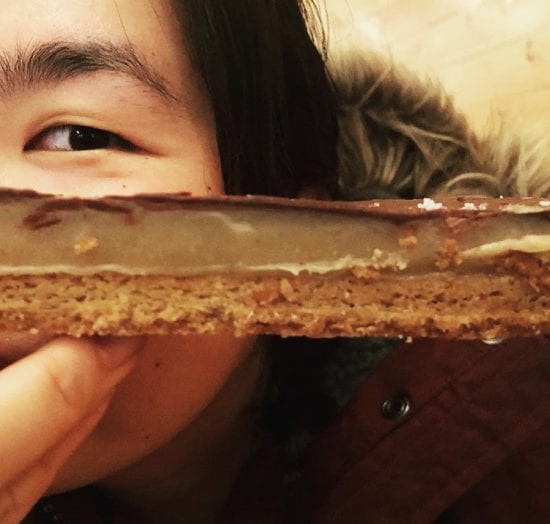
Look at our cheesecake, for instance; we always wanted to offer a cheesecake here. We like the cheesecake from Junior’s in NYC, but it’s too heavy and sweet. Then we remembered a roasted American-style cheesecake we use to eat at my relatives’ house in Kanazawa (in the Ishikawa Prefecture in western Japan), which was very light and less sweet. So, we asked for my aunt’s recipe, and adapted it using the ingredients we have in Brazil. And it worked very well. It’s funny for me to say that my mother never liked making desserts, although she cooked every day. So, I was left with the task of preparing all the pastries at home, and it has increased my repertoire with no formal training.
Thiago, how do you select your coffee suppliers? Do you visit farms?
Tiago de Mello: In the beginning it was pretty hard. We didn’t know anyone and I had no expertise in buying green coffee. In 2017, I was lucky to meet the producer Samuel Mangia at Belo Horizonte, in the state of Minas Gerais, Brazil. I knew he use to produce beans full of sweetness and acidity, and this was what I was looking for. I called him, and the next day I had samples of his coffee in my hands, which I used until I finished what he had in stock.
I have continued buying Samuel’s coffees, but gradually I have met new providers. Sometimes I buy the beans directly from them, and sometimes with the help of Cafebras, a trader focused on the foreign market, but luckily keeping some of these high-end coffees in Brazil. Regarding visiting farms, I go less than I’d like to, but I am planning to be more present during harvest times in order to work closer with producers and get ahold of exclusive batches.
Besides the patisserie, the breads are also made here and your bread baker, Lucas Ferreira, is also trained in music, is that right?
Yes, Lucas joined the music course in college a few years after me, and we have worked together for years on experimental music production. He was already making bread when we started setting up a business plan for the coffee shop. Initially, I asked him about sourdough bread production, and he ended up being fully involved in the Pato Rei project.
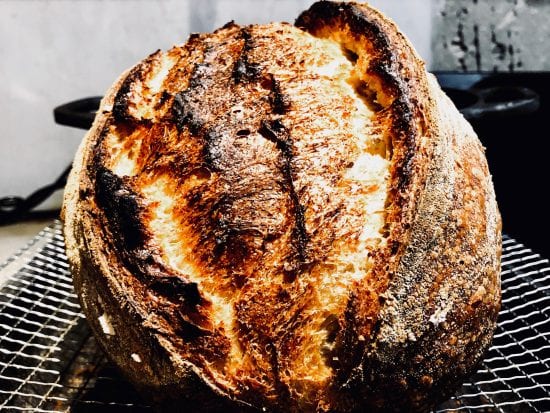
Now, turning to Lucas for a moment: How do you work in partnership with Tiago?
Lucas Ferreira: Our work together has innovation as a main characteristic— it was in music and now here we are in gastronomy. In both practices, we search for references in classical formulas, simply because we don’t want to focus only on avant-garde ideas. I believe that through work and friendship we have built an idiosyncratic range of inspiring sources, in which we are able to connect music to coffee and bread.
Finally, Thiago, tell me what are your goals? Is it possible to grow without losing the artisan aspect for this little roaster?
Tiago de Mello: It is always difficult to analyze what we are doing with unbiased self criticism. We are involved. But growing without losing this artisanal soul requires full attention to detail, and also to keep the quality we demand in each of our choices.
We keep our roaster visible to clients as a symbol of this handmade style. At the same time, I opened the café using only this equipment to roast all my raw material. But now, I no longer have the capacity to serve our café and the Brazilian buyers who use our beans in their coffee shops. I rent a larger roasting machine to supply this growing demand. But, my little machine continues here, roasting my samples, my nano-batches, and it reminds me that it is always possible to make a high-quality coffee.

ABOUT THE AUTHOR
Paulo Pedroso is a Brazilian entrepreneur who is a regular contributor to several newspapers and magazines. He always keeps an eye on the increasing reach of specialty-coffee culture and the trends and life stories that emerge from this phenomenon.

